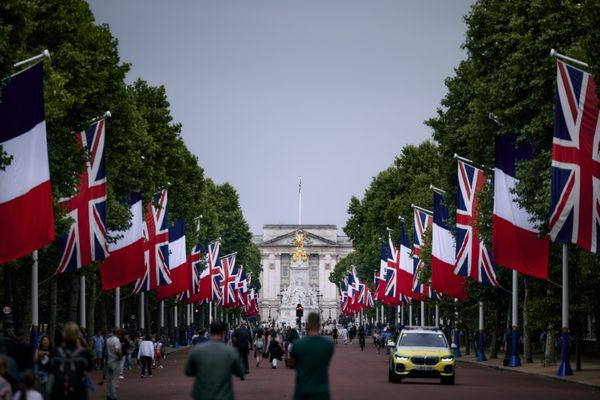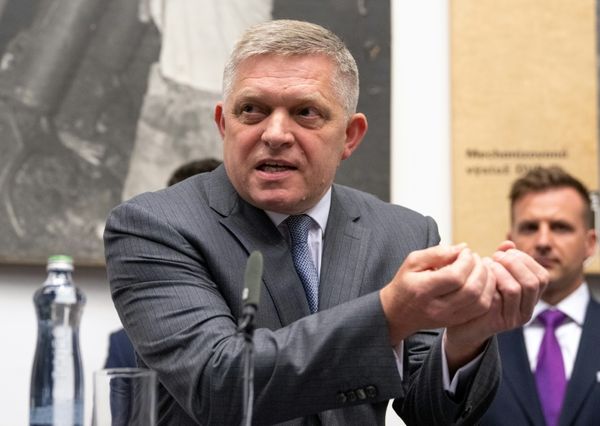
Didy Veldman’s @Home grew around the idea of being “at home”, but to think of it as a dance about that idea would be a mistake: the choreography is too good for that. The dance has its own source of meaning. True, the stage is set with chairs, a table, a mattress, a pot plant, and the opening section sees the five dancers separated into their own spaces within squares of light. But it’s the form and texture of movement – the performers reaching out and twisting back on themselves, each an isolated Möbius strip of motion – that gives the scene its quality; not the idea of home.

Keep that in mind and the work yields many rewards. Early on, there is a marvellously detailed duet for Theo Arran and Oliver Chapman. Despite their interlocking limbs, their moments of grasp and slip, the choreography places them in parallel dimensions, so that they seem present to each other only as ghosts.
Many scenes expand on this sense of people inhabiting a common space yet occupying different worlds, and in doing so produce some fluent, beautifully inventive choreography. Hannah Ekholm and Nicholas Tredrea constantly reach for, but elude each other, even their intimate if almost incidental exchange of clothing (he ends up wearing her dress; she his waistcoat) leaving them still only glancingly connected. Chapman keeps keeling over, unaware of Melody Tamiz breaking his falls with a mattress, and oblivious to both the tenderness and desolation of her parting embrace. Meanwhile, ensemble numbers around a table or against a wall look like unstable jigsaws, the performers constantly morphing and moving before they can fit into any semblance of a stable picture.
Sabio Janiak’s score sometimes rather smooths itself into the background; it works best when it’s a little jagged. But the weakest moments are those based around speech: an estate-agent patter about flat rentals, a musing on personal and cultural identity. Veldman’s actions are more eloquent, more fascinating than her words, and her strength – abetted by skilled, very watchable dancers – seems to lie in composing human relations rather than acting them out. For a choreographer, that’s a great quality.







